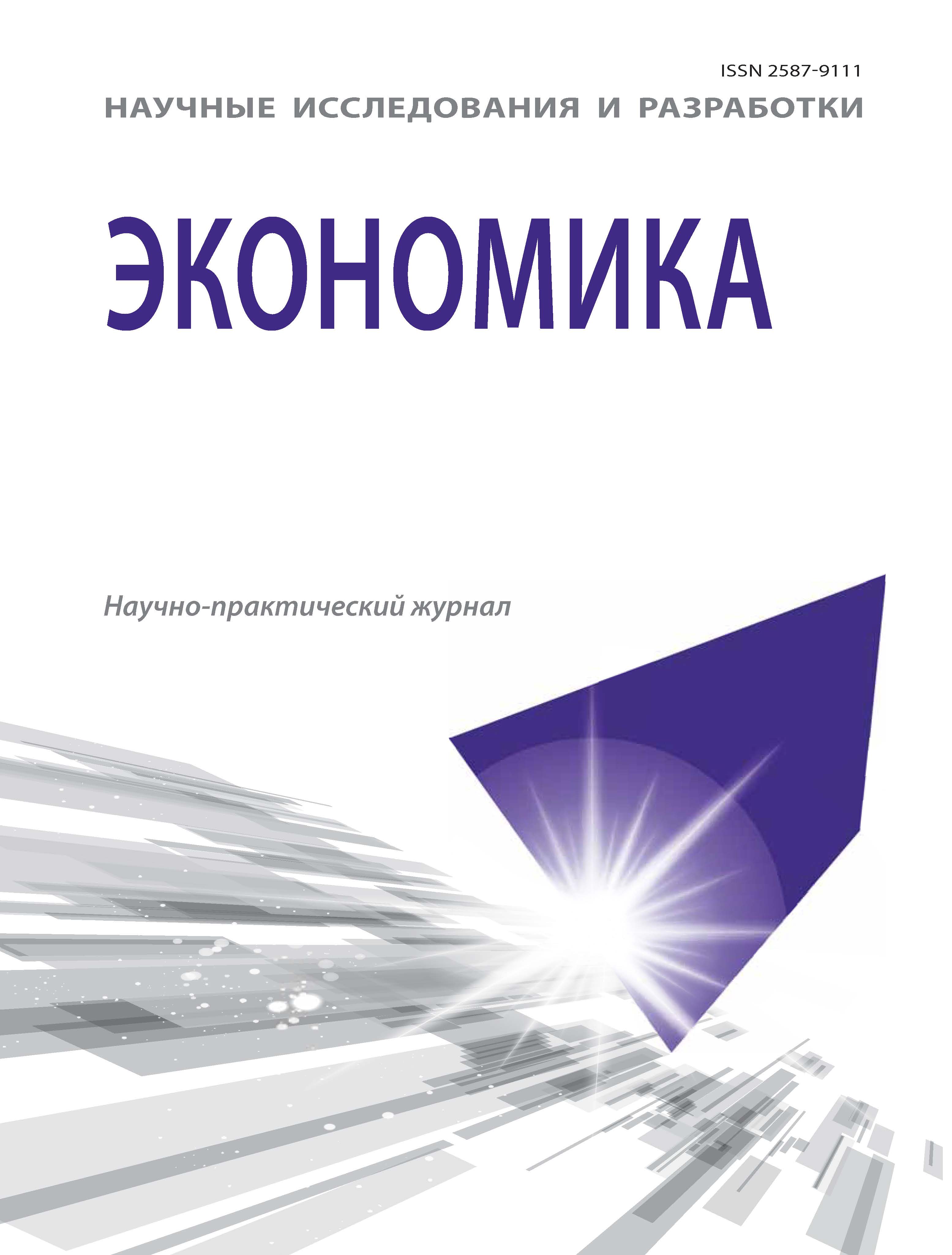Tula, Tula, Russian Federation
Tula, Tula, Russian Federation
The Kondratieff cycles in the economy of India and China are determined. We used time series of real per capita GNP. The study carried out by constructing econo-metric models that include a cyclical component. Modeling made it possible to establish the Kondratyev cycles in the national production and give the periodization of the Kon-dratyev cycles in the national production of India and China. The upward half-wave of the fourth Kondratieff cycle appeared in India in 1984 and in China in 1964. An up-ward half-wave of the fifth Kondratyev cycle in India expected in 2032. The upward half-wave of the fifth Kondratyev cycle in China occurred in 2010. India currently dominated by the fourth technological; the transition to the dominance of the fifth tech-nological order can be expected in 2032. China currently dominated by the fifth techno-logical order. It be considered justified the possibility of leadership in the world econo-my of China. There is not enough reason to assume the possibility of India's passage to leadership in the world economy in the middle of the 21st century.
national production, Kondratieff cycles, structure, econometric models
1. Kondratieff N. The Long Waves in Economic Life. Martino Fine Books. 2014.
2. Perez C. Technological Revolutions and Financial Capital: The Dynamics of Bubbles and Golden Ages Paperback. 2003.
3. Markku W. Leadership in the sixth wave-excursions into the new paradigm of the Kondratieff cycle 2010-2050 // European Journal of Futures Research. March 2014, 2:36. URL: http://link.springer.com/article/10.1007%2Fs40309-014-0036-7
4. Marchetti C., Nakicenovic N. The Dynamics of Energy Systems and the Logistic Substitution Model. Laxenburg, Austria, 1979.
5. Nefiodow L., Nefiodow S. (2014) The Sixth Kondratieff: A New Long Wave in the Global Economy. Createspace Independent Pub.
6. Tausch A. The Hallmark of Crisis: A New Center-Periphery Perspective on Long Cycles. On Demand Publishing, LLC-Create Space. 2014.
7. Tanning T., Saat, M. and Tanning L. Kondratiev wave: overview of world economic cycles. Global Business and Economics Research Journal, 2013. Vol 2(2): 1-11. URL: www.journal.globejournal.org/index.../article/...
8. Sarunas M. Kondratieff, N. and Schumpeter, Joseph A. long-waves theory Analysis of long-cycles theory. Universities in Oslo, 2012.
9. Kasti D. Ekstremal'nye sobytiya kak determinanty shestoy Kondrat'evskiy volny // Forsayt. 2013. T. 7. № 1. S. 58-71.
10. Basovskiy L. E. Cikly Kondrat'eva i tehnologicheskie uklady v ekonomike Rossii i razvityh stran // NIR. Ekonomika. 2014. T. 2. №. 4. C. 4-10. DOI:https://doi.org/10.12737/5446
11. Basovskiy L.E. Cikly Kondrat'eva v ekonomike SShA // NIR. Ekonomika. 2015. T. 3. № 3. C. 28-36. DOI:https://doi.org/10.12737/11580
12. Anderson, T. W. The Statistical Analysis of Time Series. Wiley, New York, 1994.
13. The Palgrave Encyclopedia of World Economic History. Since 1750. Graham Ban-nock, R.E Baxter. Palgrave Macmillan. 2009.






